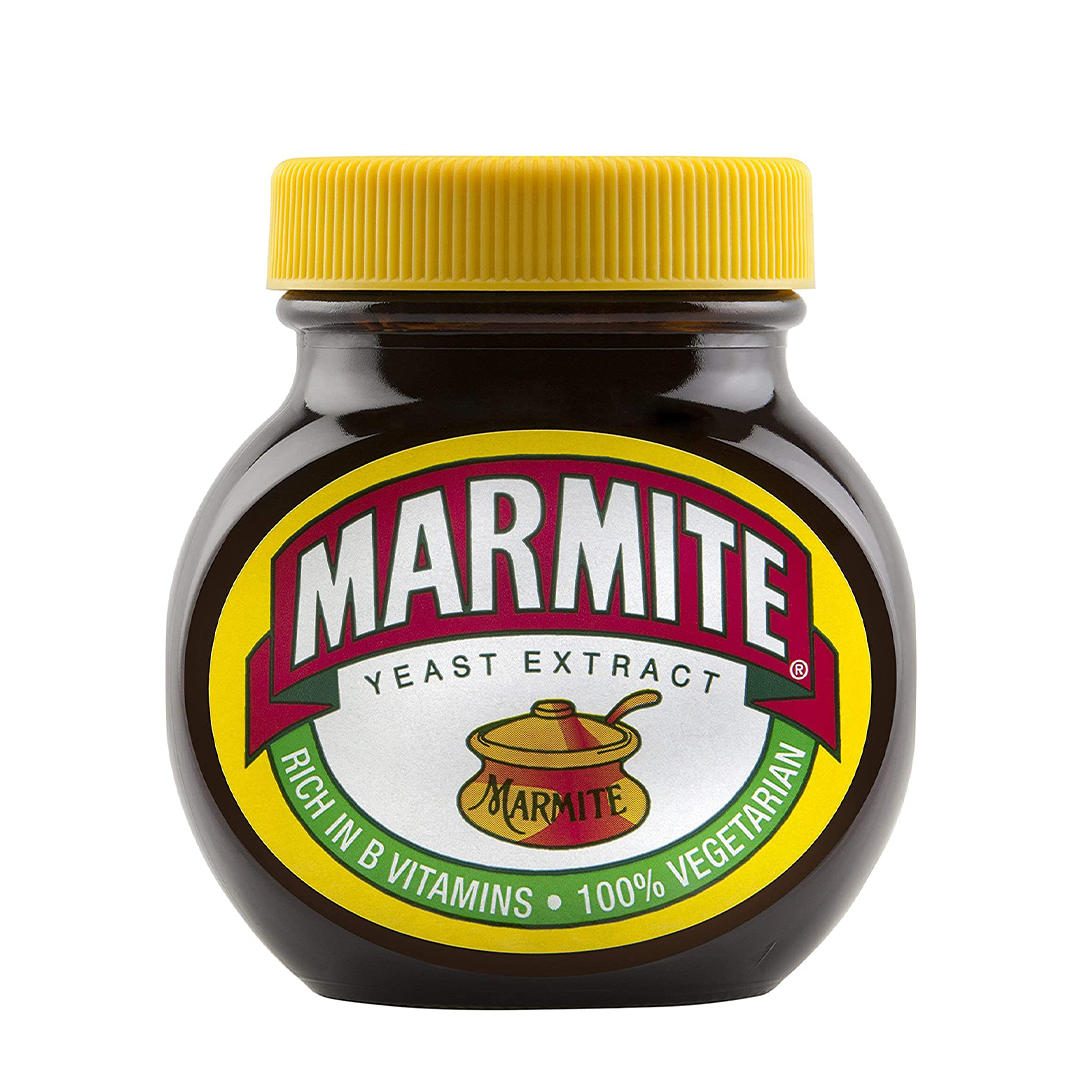I’m sick of having to look up what country an author is from to know which variant of teaspoon they’re using or how big their lemons are compared to mine. It’s amateur hour out there, I want those homely family recipes up to standard!
What are some good lessons from scientific documentation which should be encouraged in cooking recipes? What are some issues with recipes you’ve seen which have tripped you up?
A German cookbook that I have first introduced me to the hub and spoke method of recipes. As in, it provided a base recipe at its most simplistic fashion, and then after that recipe, it listed ways you could modify that recipe for different kinds of dishes. Essentially listing points in the original where you could modify it in specific ways.
And this was no modern cookbook. It was printed back in the 60s.
On thing that drives me nuts is weight measures for dry ingredients vs numerical egg measurements. Just give me ingredient ratios normalized to the egg mass.
Same could be said for “an onion” or “3 cloves of garlic”. Just give me the weights, please.

OP right now
I’m out here wondering if there’s even one.
deleted by creator
All solids should be listed by weight.
All liquids should be listed by volume.
SI units only. (Grams for solids, mL for liquids)
More graduated cylinders and volumetric flasks in the kitchen please.
Why would you want anything by volume? Mass is so much easier. 50 ml of honey is way more annoying to get into a recipe than dumping it right into whatever container the rest of the ingredients are in while it’s sat on a scale.
5ml of vanilla is a lot easier to measure than by weight would be
To be honest, I don’t think I’ve ever measured vanilla, it goes right in the bowl, lol. Small quantities are often easier by volume, though, for sure.
I agree. Mass all the way. It’s especially complicated when the liquids are viscous and stick to your measuring vessel.
The only time volume is permitted is if it’s too light for a typical kitchen scale to measure.
Sure, we could say viscous liquids can use mass. I’d say most liquids with a viscosity close to water will be easier to measure out by volume than risk over pouring when going right into weigh boat / mixing bowl.
We should all use Einstein-Landauer units.

I thought SI Unit for volume is m3
True, but square and cubic units are inconvenient due to the way prefixes work. Use liters to solve that problem.
same thing, one cubic centimeter is one ml
But 1L is not 1m³
Liters are non-SI
To be completely pedantic, neither of those are SI compliant. A quantity-unit combination is not a single word and the two should always be separated by a space.
1L is 1dm³ (10cm³)
They aren’t “official” SI units but they dont require funny conversions and i’d much rather see liters then teaspoons
Yeah I would also preffer liters even over m³. Was being pedantic on you saying it’s the same thing
You should look for kitchen tested recipes.
This would only make sense, if all people were baking with the exact same ingredients, in the exact same environment, with the exact same equipment. You know, like in a factory.
For households and the like, it makes sense to have a bit of variation, until you find the way that makes it perfect for you.
This is pretty much how so many experienced home cooks eventually get to the point where they can eyeball the amount of each ingredient they need.
People should try to think of recipes as performance notes, not as magical formulas. “This is how I made this, this time.”
This goes for baking too. Baking is no more science than cooking, and cooking is no more an art than baking. People who claim otherwise annoy me.
You need to figure out what ratios of what, do what in your recipes, and then explore how that can change with different brands/varieties of the same ingredients, different ovens, humidities, elevations if you travel, etc. Book learning can only get you so far, you need to put in the kitchen time to really understand.
The art of making good food is in being able to recreate and adapt all the science experiments you did.
As someone who bakes bread, and sometimes biscuit, pancake, and cookie type things, I feel this way also. But I wonder if the reputation for needing precision doesn’t stem from something I don’t bake, like cakes.
Not a scientist, but an easy improvement would be to use weight instead of volume for most measurements. “A cup of flour” can vary greatly depending on how compressed/dense it is.
Ratios.
not exactly an answer to what you ask but I wanted to share this knowledge: https://developers.google.com/search/docs/appearance/structured-data/recipe
its a standard(ish) schema that many popular recipe websites use, so you can very easily parse them and do unit conversions
Cool stuff, thanks for sharing!
American here: can we please have measurements by mass not by volume and metric units. It would make repeatability so much easier.
I’m an American biochemist, I also never learned the english system because my school transitioned to metric too fast. The mental burden of trying to cook using english units after working all day in the lab using that same part of my brain leads me to just not want to cook 95% of the time. But when I do cook I have optimized processes for my few simple recipes. When I bake I usually use a metric recipe or convert a English one, and optimize it before making a large batch of something.
I just want cups gone for solids (and viscous stuff). It’s such an idiotic system. 1 cup of diced carrot … wtf how should I go about measuring that in the grocery store? Just tell me 1 large carrot or by weight.
I know it doesn’t need to be exact but it just doesn’t make sense to do it this way. Even with imperial units, you have ounces, why not use that?
Ounces suck because they are used as a weight and a volume, and I can’t ever be sure which one a particular recipe is using.
And there are Florida ounces, which as a Canadian confuses me to no end.
Damn, the imperial system really is messed up…
Are your oven’s thermometer and kitchen scale within their calibration due dates? Is that timer NIST traceable? The measuring cups ARE Class A glassware, aren’t they? Please, at least tell me you’re getting your ingredients from certified suppliers… No, the spices from the dollar store down the road are most definitely NOT on the approved list, no matter how cheap they were! Dear Lord, how are you going to blame the recipies when your kitchen is still operating in the Dark Ages?
Food science is truly complex, so in order to accurately replicate a recipe, you need to standardize pretty much everything. Currently, there’s plenty of variation and you just compensate by winging it and keeping an eye on the pot a little longer.
In order to reduce variation, we need to standardize the following:
- ingredients: The composition of meat and carrots varies a lot.
- heating methods: An oven set to 200 °C is not exactly 200 ° at every location and all the time.
- weigh everything: Volumes are complicated and messy.
- use a timer: This applies to all actions like stirring, heating etc.
All materials and methods should be accurately documented, because things like the coating or weight of your pan can introduce unwanted variability.
Diameter of pots is big, too. You get way more evaporation with a wider pot.








